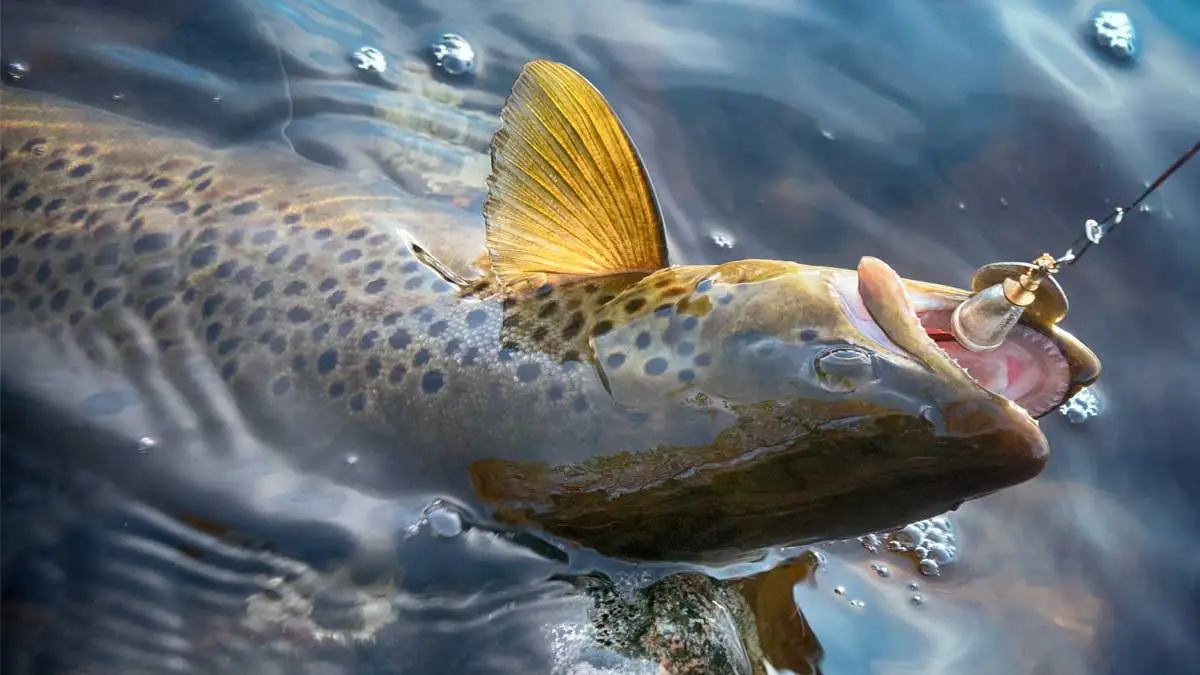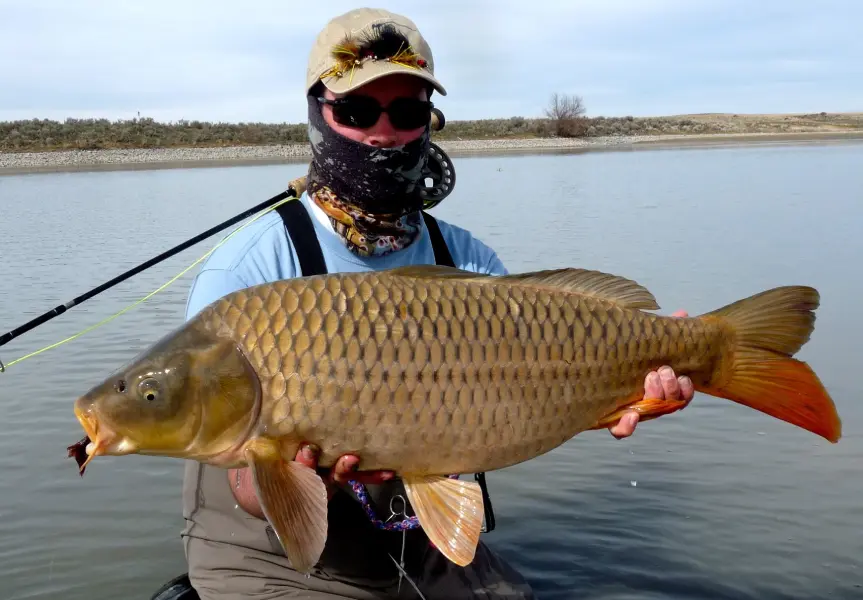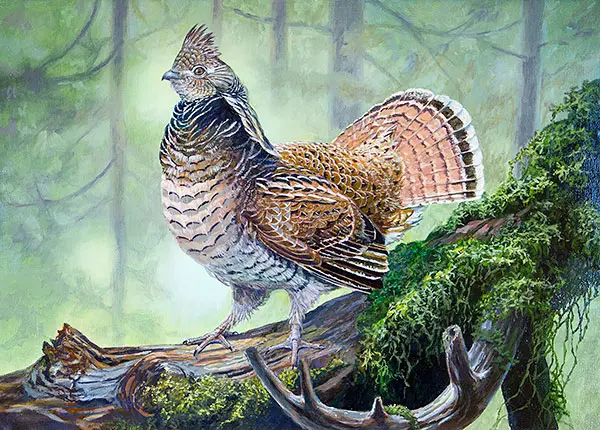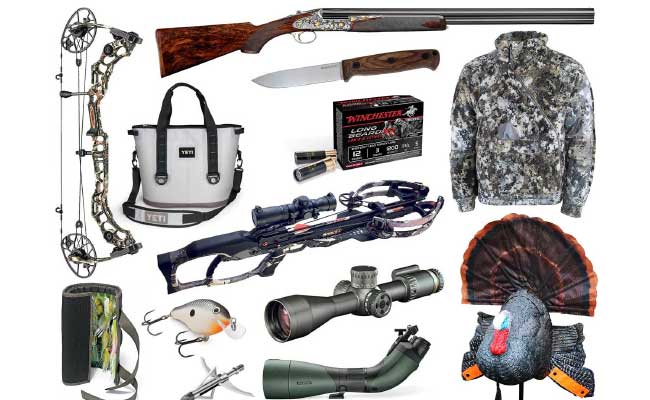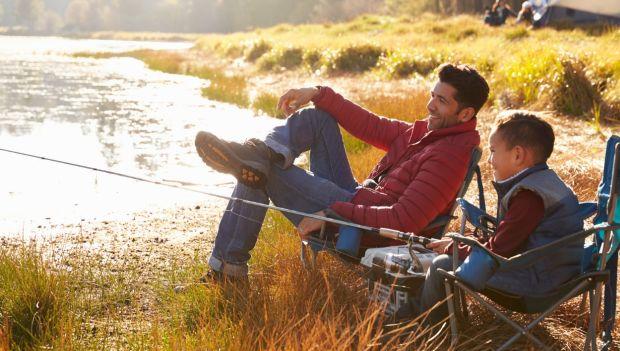Introduction:
Trout fishing is a thrilling and rewarding endeavor that attracts anglers from all walks of life. Whether you are a seasoned angler or a beginner, understanding the techniques and strategies for trout fishing can significantly improve your chances of success. In this article, we will explore a variety of effective trout fishing techniques, covering everything from bait selection to casting methods, helping you become a master trout angler.
- Selecting the Right Bait:
Choosing the appropriate bait is crucial when targeting trout. One popular option is live bait, such as worms or minnows. These natural offerings mimic the trout’s regular diet and can entice even the most cautious fish. Additionally, artificial lures like spinners, spoons, and soft plastic baits are excellent choices, as they provide an attractive and enticing presentation.
- Matching the Hatch:
Understanding the trout’s feeding habits and the prevalent insects in the area is essential for successful fishing. Matching the hatch involves using artificial flies that imitate the appearance and behavior of the insects trout commonly feed on. By observing the water and identifying the insects present, you can select the appropriate fly pattern to entice the trout into biting.
- Utilizing Different Casting Techniques:
Mastering various casting techniques can significantly enhance your trout fishing skills. The overhead cast, roll cast, and sidearm cast are three fundamental techniques that every angler should practice. Each cast has its own advantages and can be applied in different fishing scenarios, ensuring your presentation is accurate and appealing to the trout.
- Fishing in Moving Water:
Trout are often found in streams and rivers, where they utilize the current to their advantage. When fishing in moving water, it is crucial to position yourself strategically to maximize your chances of success. Identifying pools, eddies, and riffles will help you locate where the trout are hiding and waiting for their prey. By casting your bait or lure upstream and allowing it to drift naturally, you can present an irresistible meal to the trout.
- Exploring Stillwater Fishing:
In contrast to moving water, trout can also be found in lakes, ponds, and reservoirs. Fishing in stillwater requires a different set of techniques. One effective method is trolling, where you slowly motor your boat while dragging a lure or bait behind. This technique covers a larger area and allows you to search for actively feeding trout. Additionally, fishing from the shore in stillwater requires carefully selecting your location, understanding the trout’s behavior patterns, and using techniques such as float fishing or bottom fishing.
- Practicing Stealth and Patience:
Trout are notorious for their wariness and ability to detect danger. To increase your chances of success, practice stealth and approach the fishing area quietly, avoiding any sudden movements or disturbances that may spook the trout. Additionally, patience is a virtue when it comes to trout fishing. It may take time for the trout to strike, so remain calm, observe the water for any signs of activity, and be prepared to wait for the perfect opportunity.
- Reading the Water:
Being able to read the water is a valuable skill for any trout angler. Look for signs such as rising fish, swirling currents, or disturbances on the surface that indicate the presence of trout. Understanding the trout’s behavior and their preferred hiding spots will help you target the right areas and increase your chances of a successful catch.
- Adapting to Seasonal Changes:
Trout behavior can vary significantly depending on the time of year. During the spring, for example, trout may be more active and willing to chase faster-moving lures. In the summer, they tend to seek cooler, deeper waters, requiring different fishing techniques. Adapting to these seasonal changes is crucial to staying ahead of the game and consistently catching trout throughout the year.
Conclusion:
Trout fishing is a captivating pursuit that combines skill, knowledge, and patience. By employing the techniques mentioned above, you can greatly enhance your chances of success on the water. Remember to experiment with different baits, casting techniques, and fishing locations to find what works best for you. With time and practice, you’ll develop the skills and intuition necessary to become a master trout angler. So, gear up, head to your favorite trout fishing spot, and enjoy the thrill of hooking the elusive trout.
![]()

